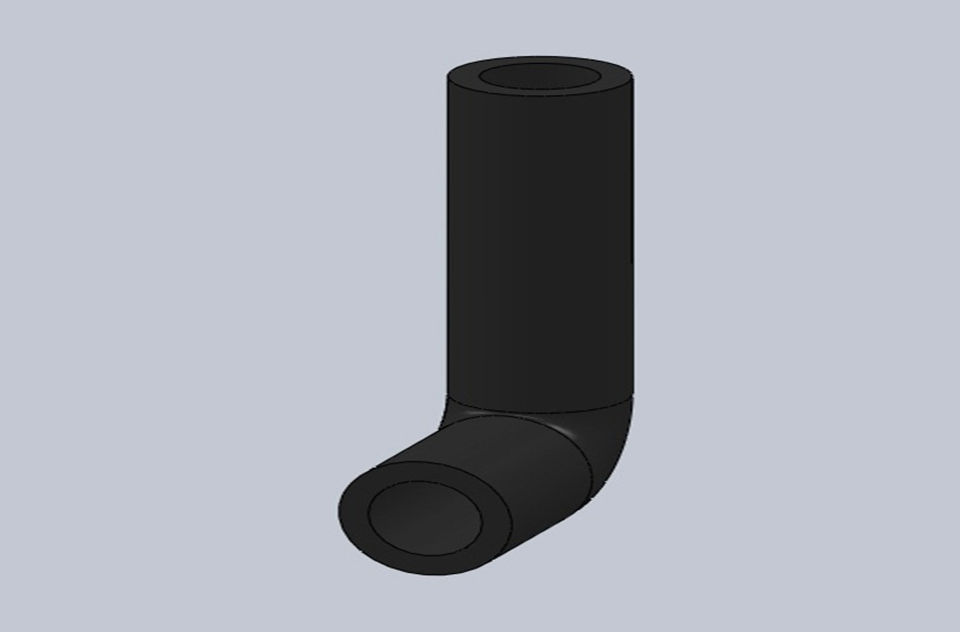MANUFACTURING :
Material Used:
Mild Steel - (Combustion Chamber
Outer, Flame tube ,Flanges, Spark Plug Fittings, Air inlet manifold, Nozzle)
ØMild
steel is the most common form of steel as its price is relatively low while it
provides material properties that are acceptable for many applications.
ØMild
steel has a low carbon content (up to 0.3%) and is therefore neither extremely
brittle nor ductile.
Brass - ( Fuel Injector & Fittings)
Alloy Type: Binary
Content: Copper & Zinc
Density: 8.3-8.7 g/cm3
Melting Point: 900-940 °C
COMPOSITION
Of Mild Steel:
Element Weight %
C 0.18-0.23
Mn 0.30-0.60
P 0.04 (max)
S 0.05
(max)
Properties
Of Mild Steel:
Density: 7,861.093 kg/m³(0.284 lb/in³)
Tensile strength: 500 MPa
(72,500 psi) Max
Young's modulus: 210 GPa.
Melting
point: 1350-1530°C (2462-2786°F)
Methodology:
• Mild Steel pipes of Required Diameter
were obtained and cut to required specifications.
• The joints were TIG welded .
• The Flanges of the sections are held by
Fasteners.
• The fittings for the fuel inlet and
spark plug holder were fabricated using manual lathe using the turning process.
• The combustion Chamber is sealed usng a
rubber O-Ring.
• The flame tube holes were drilled using
a drilling machine.
• The air flow pipe coupler was drilled
and then threaded for fitting the pressure transducer.
IN PICTURES:
FABRICATION:
Combustion
Chamber & Flame Tube:
NOZZLE
FABRICATION:
As
shown in the picture the nozzle was fabricated and then TIG welded onto the
turbo's outlet . However during the the first attempt the weld didn't hold and
cracked on cooling . The weld didn't crack during the second attempt .





































